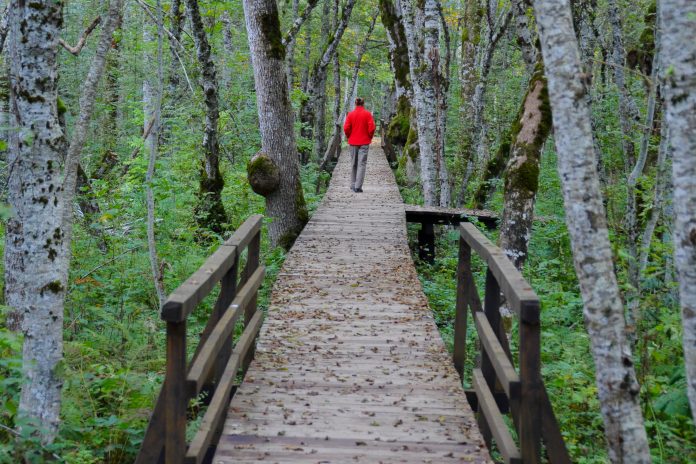In Europa gilt ein Wander-Urlaub in Montenegro noch als Geheimtipp. Die unberührte Natur von Nationalparks, Bergen und Seen macht ganz Montenegro zum Wandern ideal!
Montenegro heißt übersetzt „Schwarzer Berg“. Der Name des kleinen Balkanlandes gibt bereits erste Hinweise auf die versteckten Wanderparadiese, die sich innerhalb seiner Grenzen befinden. Wanderer finden in Montenegro unberührte Natur in traumhaften Nationalparks und zerklüfteten Bergregionen – und das (noch) völlig ohne Massentourismus!
Das rund 14.000 Quadratkilometer große Montenegro bietet auf seiner gesamten Fläche perfekte Bedingungen für abwechslungsreiche Wanderungen. Die herrliche Landschaft aus Bergen und Wäldern, Flüssen und Seen lassen die Herzen von Naturliebhabern und Outdoor-Urlaubern höher schlagen.
Inhaltsverzeichnis
BILDER: Wandern in Montenegro
Fotogalerie: Durmitor Nationalpark
Fotogalerie: Lovćen Nationalpark
Fotogalerie: Allrad-Rundfahrt durch den Biogradska Gora Nationalpark
Beste Reisezeit für einen Wander-Urlaub in Montenegro
Im Gegensatz zu den Karstlandschaften in Kroatien oder Bosnien-Herzegowina sind die Berge Montenegros bis weit hinauf bewaldet – daher auch der Name „Schwarze Berge“. Dank ihrem Schutz vor der glühenden Mittelmeer-Sonne ist Montenegro auch im Sommer ein lohnendes Ziel für den Wander-Urlaub.
Abgesehen davon sind der Frühling und der Herbst bei angenehmen Temperaturen und stabilem Wetter die besten Jahreszeiten zum Wandern. Sollte eine Tour doch einmal zu schweißtreibend werden, sorgen klare Bergseen oder das Meer für rasche Abkühlung.
Montenegros Nationalparks – Wanderlust pur
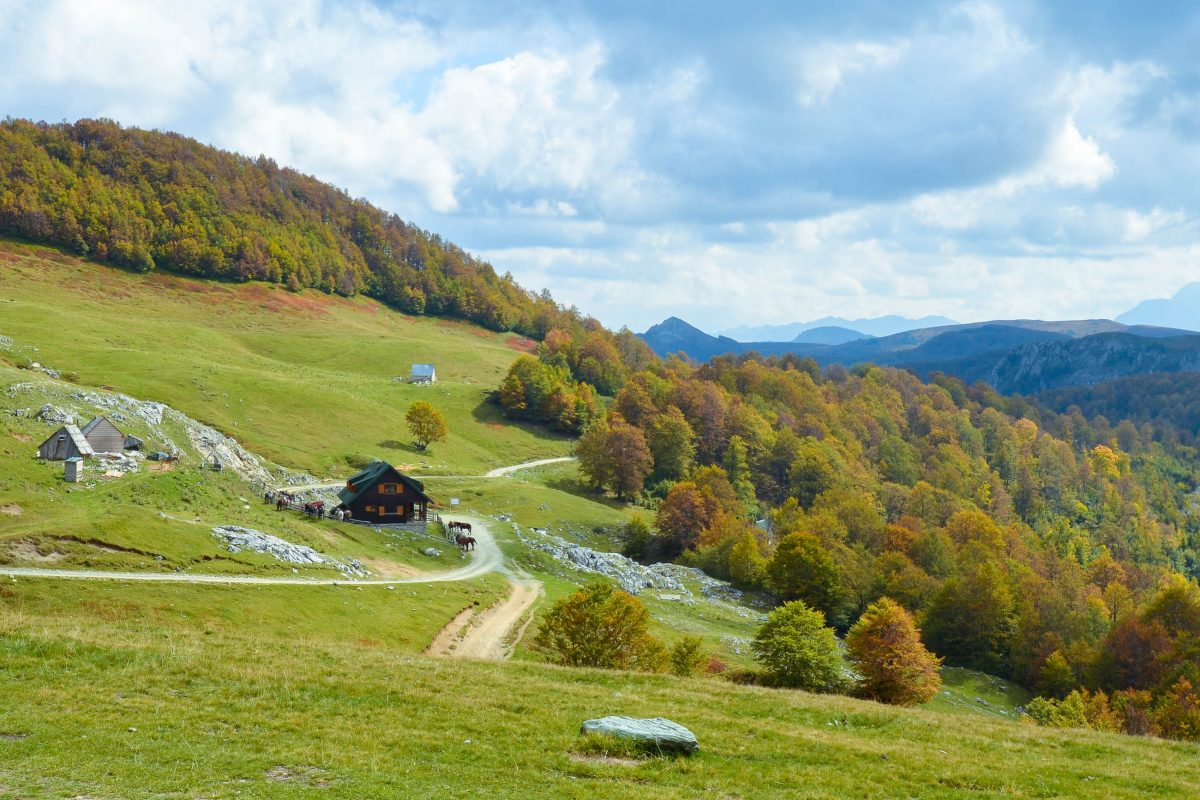
Das bekannteste Ziel für einen Wanderurlaub in Montenegro ist der Durmitor Nationalpark im Norden des Landes. Nahezu menschenleer präsentieren sich die Naturschönheiten in den Nationalparks Prokletije und Biogradska Gora. Der Nationalpark Lovćen hält neben umwerfenden Panoramablicken ein historisches Denkmal bereit, welches als Nationalstolz der Montenegriner bezeichnet werden kann.
Nationalpark Durmitor

Der 400 Quadratkilometer große Durmitor Nationalpark liegt rund 120km nördlich von Montenegros Hauptstadt Podgorica und ist nach dem gleichnamigen Bergmassiv benannt. Mit seinen knapp 50 2000er-Gipfeln und der atemberaubenden Landschaft ist es auch im Sommer bei durchschnittlich 15°C auszuhalten. Als Ausgangspunkt für Wanderungen durch Durmitor bietet sich das Städtchen Zabljak an.
Sehenswürdigkeiten im Durmitor Nationalpark sind der 2.522m hohe Bobotov Kuk, der höchste Berg Montenegros, einer von Europas letzten ursprünglichen Kiefernwäldern, der malerische Crno Jezero (Schwarzer See), nur 10 Gehminuten von Zabljak entfernt, und die 1300m tiefe Tara-Schlucht, einer der größten Canyons der Welt. Die Stromschnellen der Tara sind außerdem ein äußerst beliebtes Rafting-Ziel.
Touren-Tipp: Der Gipfelsturm auf den Bobotov Kuk startet am besten beim Durmitor Seldo auf 1908 Metern Seehöhe. Die Wanderung dauert hin und retour etwa 5,5 Stunden und bietet abwechslungsreiche Landschaften mit unvergesslichem Bergpanorama.
Nationalpark Prokletije
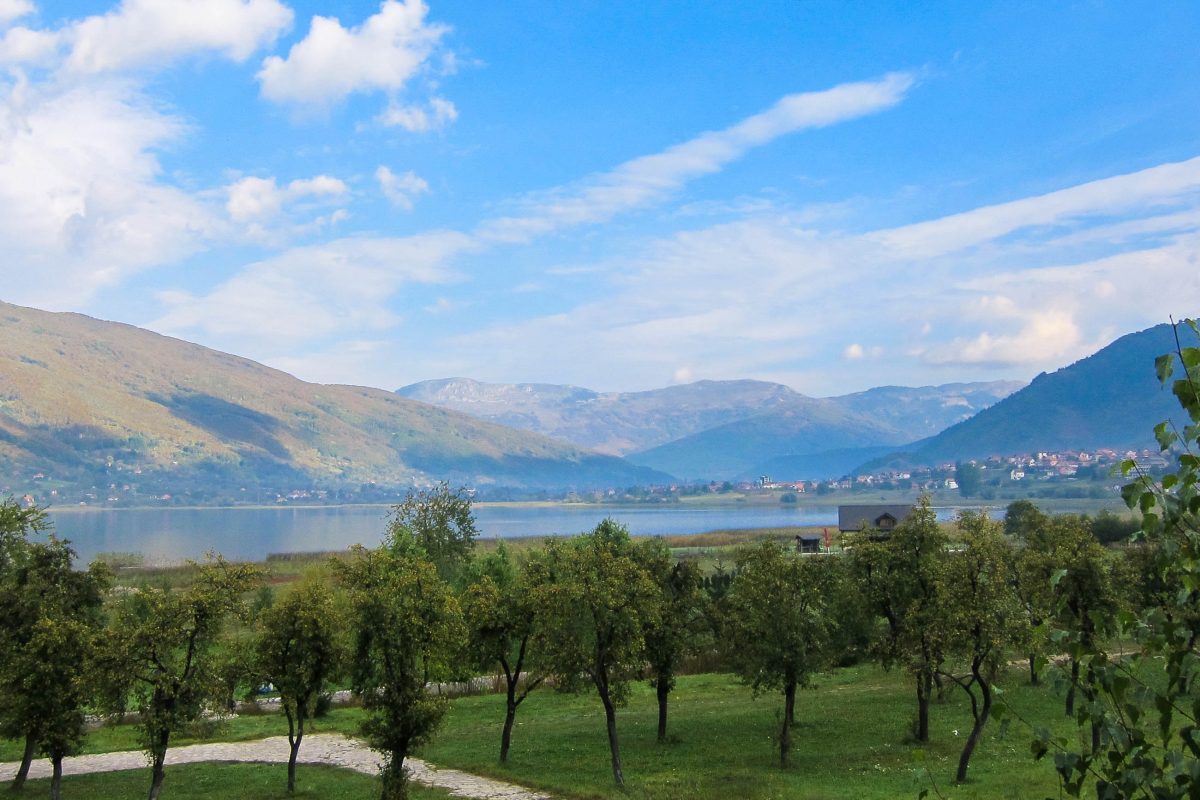
Der Prokletije-Nationalpark im Nordosten Montenegros zählt wohl zu den unberührtesten Gegenden Europas. Das auch „Alpen des Südens“ genannte Prokletije-Massiv besteht aus schroffen Felsnadeln und glasklaren Bergseen und schwingt sich bis zu einer Höhe von 2.700 Metern auf.
Nationalpark Biogradska Gora
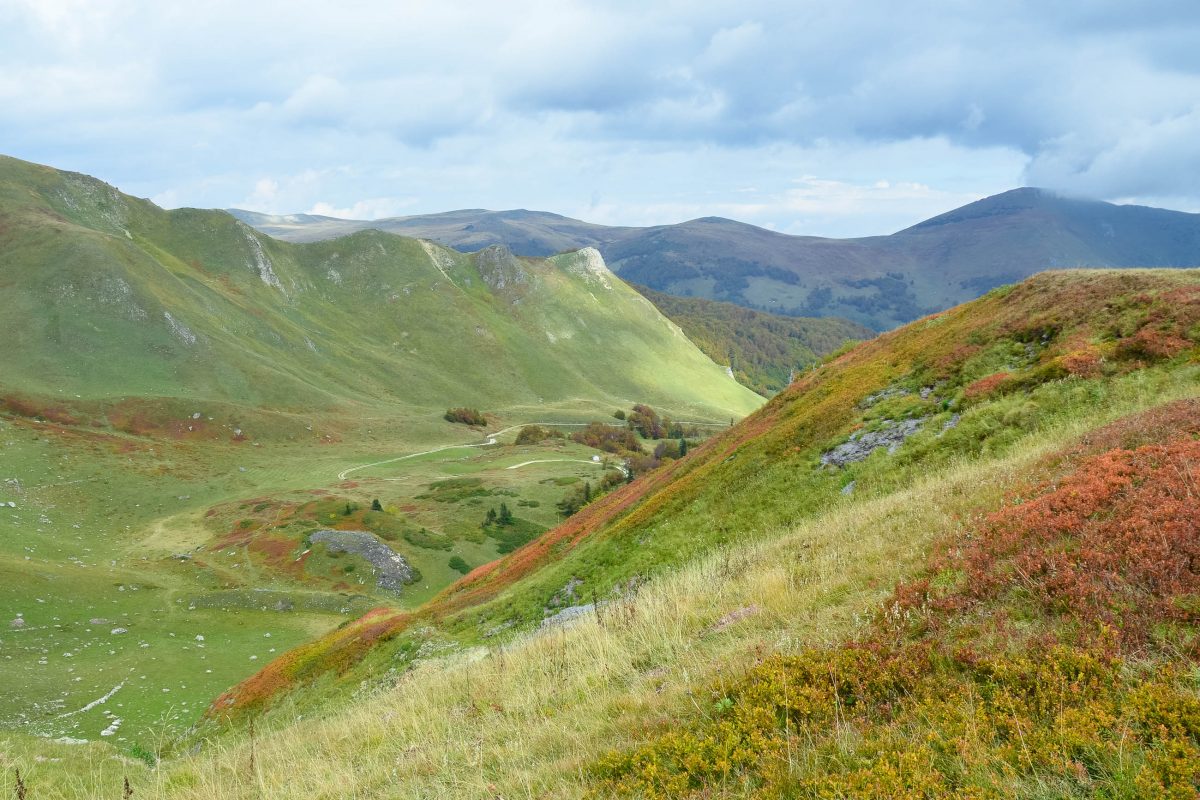
Der Biogradska Gora Nationalpark beherbergt einen der letzten richtigen Urwälder Europas. Rund um den Biogradsko Jezero, dem größten Gletschersee im Nationalpark, stehen uralte Bäume, die völlig sich selbst überlassen sind. Meist hat man die unberührte Natur völlig für sich alleine. Ausgangspunkt für Wanderungen mit Unterkunft ist das Örtchen Kolašin.
Nationalpark Lovćen
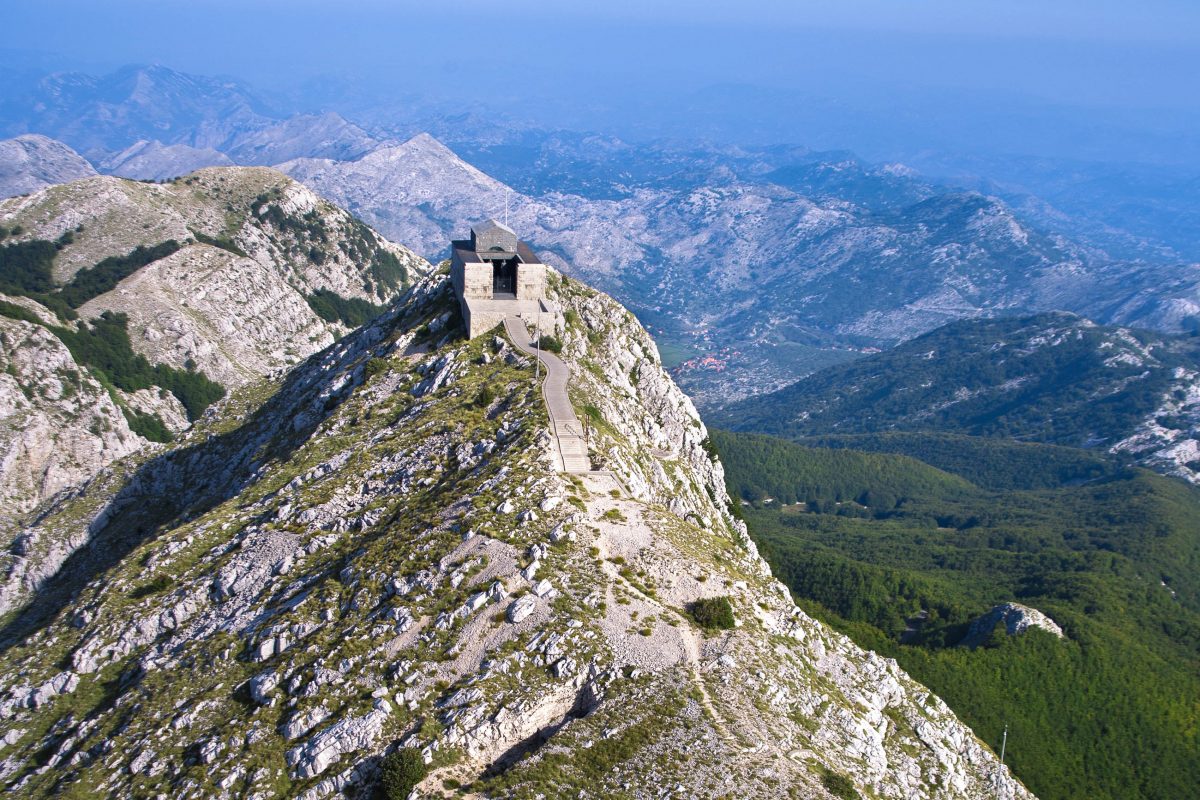
Ebenfalls einen Besuch wert ist Montenegros Lovćen Nationalpark im Südwesten von Montenegro. Zentral zwischen Kotor, Cetinje und Budva gelegen bietet er herrliche Ausblicke auf Montenegros Täler. Am schönsten gestaltet sich die Aussicht vom spektakulär gelegenen Njegoš-Mausoleum, der letzten Ruhestätte des berühmten Dichterfürsten Petar II.
Die Bucht von Kotor – der südlichste Fjord Europas
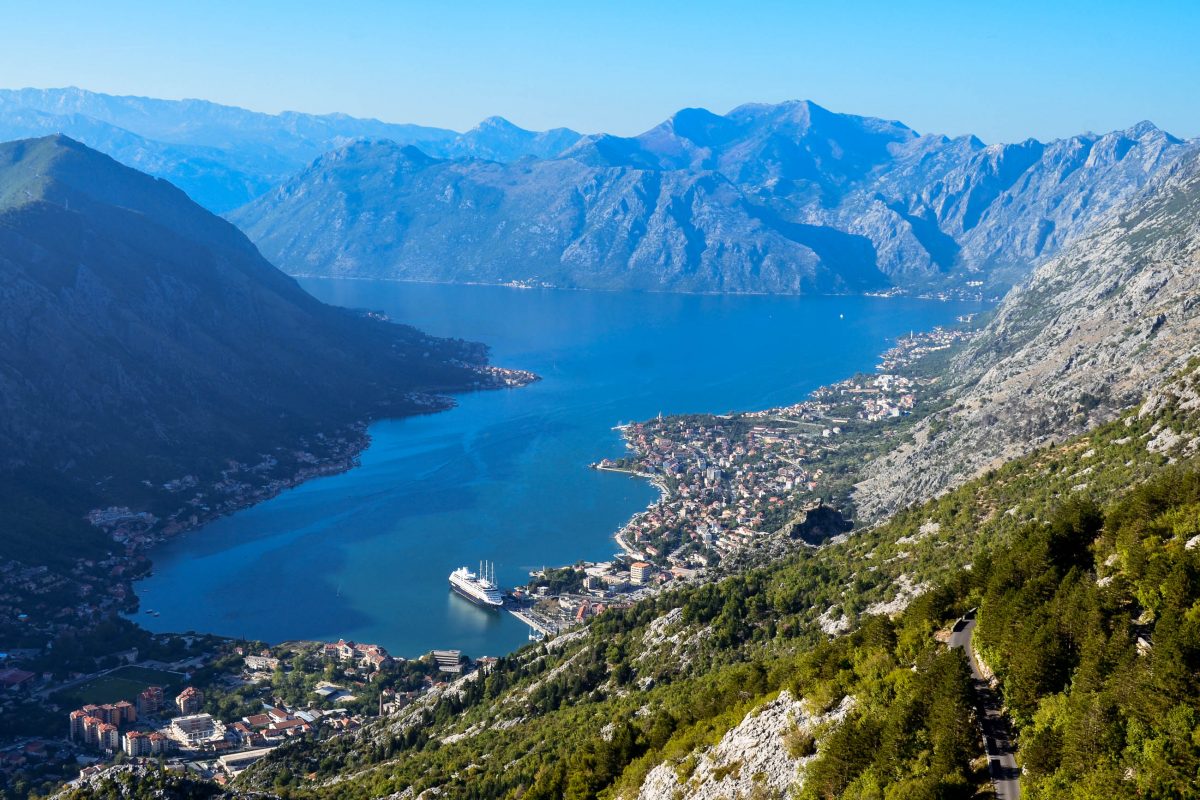
Viele Montenegro Urlauber bezeichnen die Bucht von Kotor als das schönste Fleckchen an der gesamten Adriaküste. Aufgrund ihrer landschaftlichen Schönheit wird sie von vielen Mittelmeer-Kreuzfahrtschiffen angelaufen und zählt zum Welterbe der UNESCO. Wer in der Bucht von Kotor wandert, muss unbedingt auch die malerischen Siedlungen am Ufer besuchen! Kotor selbst, aber auch Perast oder Tivat sind definitiv einen Zwischenstop wert!
Touren-Tipp: Den besten Überblick über die Bucht von Kotor bietet die Wanderroute auf dem Vrmac-Rücken von Lepetane über den 743m hohen Sveti Illija bis nach Kotor. Auf dem rund 5stündigen Wanderweg sind etwa 800 Höhenmeter zu bewältigen.
Am Skadar-See – Landschaften wie im Bilderbuch

Der Skadar-See ist ungefähr so groß wie der Bodensee und wird oft als Herz und Seele Montenegros bezeichnet. Entlang seiner idyllisch grünen Ufer reihen sich Herrschersitze von früher, Klöster und Festungen. Im Besucherzentrum auf der Halbinsel Vranjina sind Infos zur Tier- und Pflanzenwelt, Wanderkarten und eine Anglerlizenz erhältlich. Von der Brücke nach Virpazar fällt der Blick in das traumhafte Flusstal des Rijeka Crnojevića, ebenfalls ein herrliches Wanderziel.
Touren-Tipp: Rund um den Skadar-See führt die so genannte Klosterroute, eine knapp 60km lange Panoramastraße. Von ihr führen mehrere Abstecher zu herrlichen Aussichtspunkten über dem See, sowie kleinen Inseln und befestigten Klöstern.
Sicher wandern in Montenegro
Keine Sorge – von den einstigen Unruhen ist in Montenegro nichts mehr zu spüren. Die Wanderwege in den Nationalparks von Montenegro sind allesamt beschildert und sicher. Auch die Straßen und Pisten für die Offroader sind gut ausgebaut und völlig ungefährlich.
Urlauber können sich in Montenegro ohne Gefahr von Überfällen oder Landminen völlig ungehindert bewegen. Lediglich im Nationalpark Prokletije, der direkt an der Grenze liegt, sollten Sie darauf achten, nicht zu nahe an den Kosovo zu geraten.

